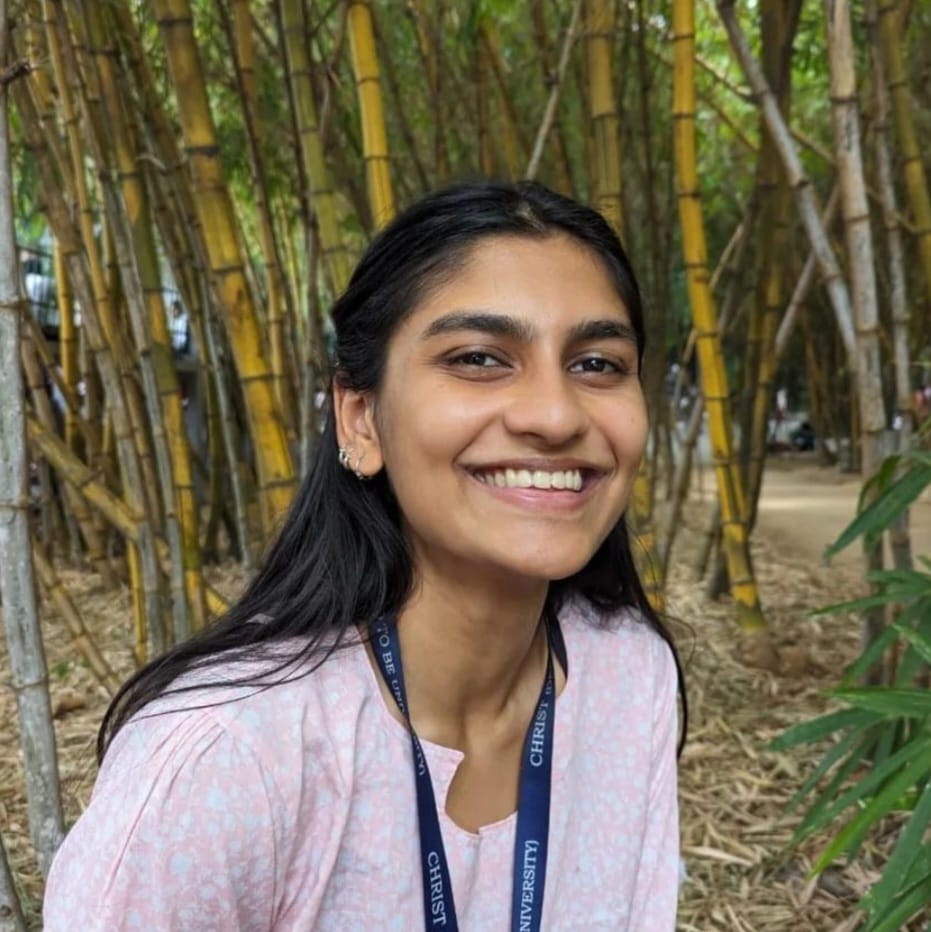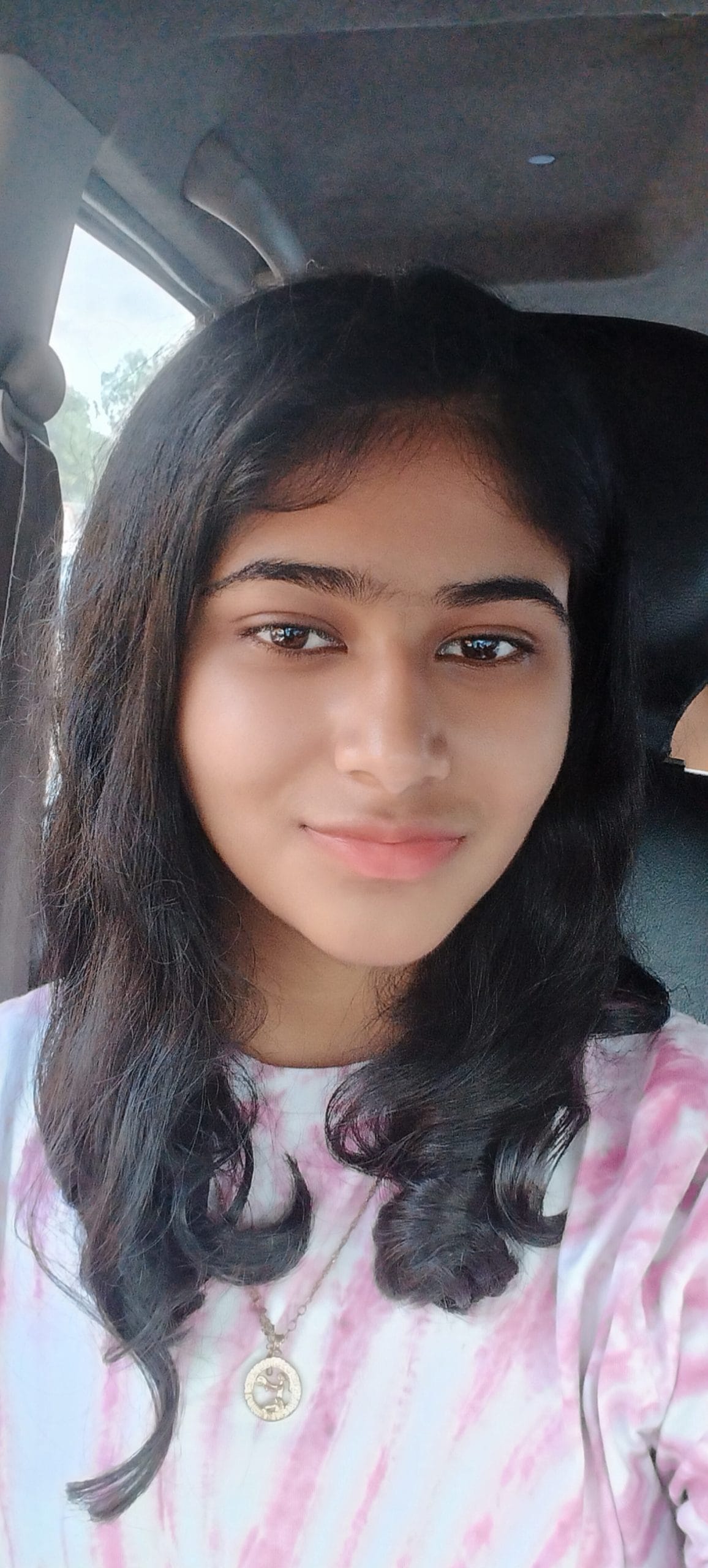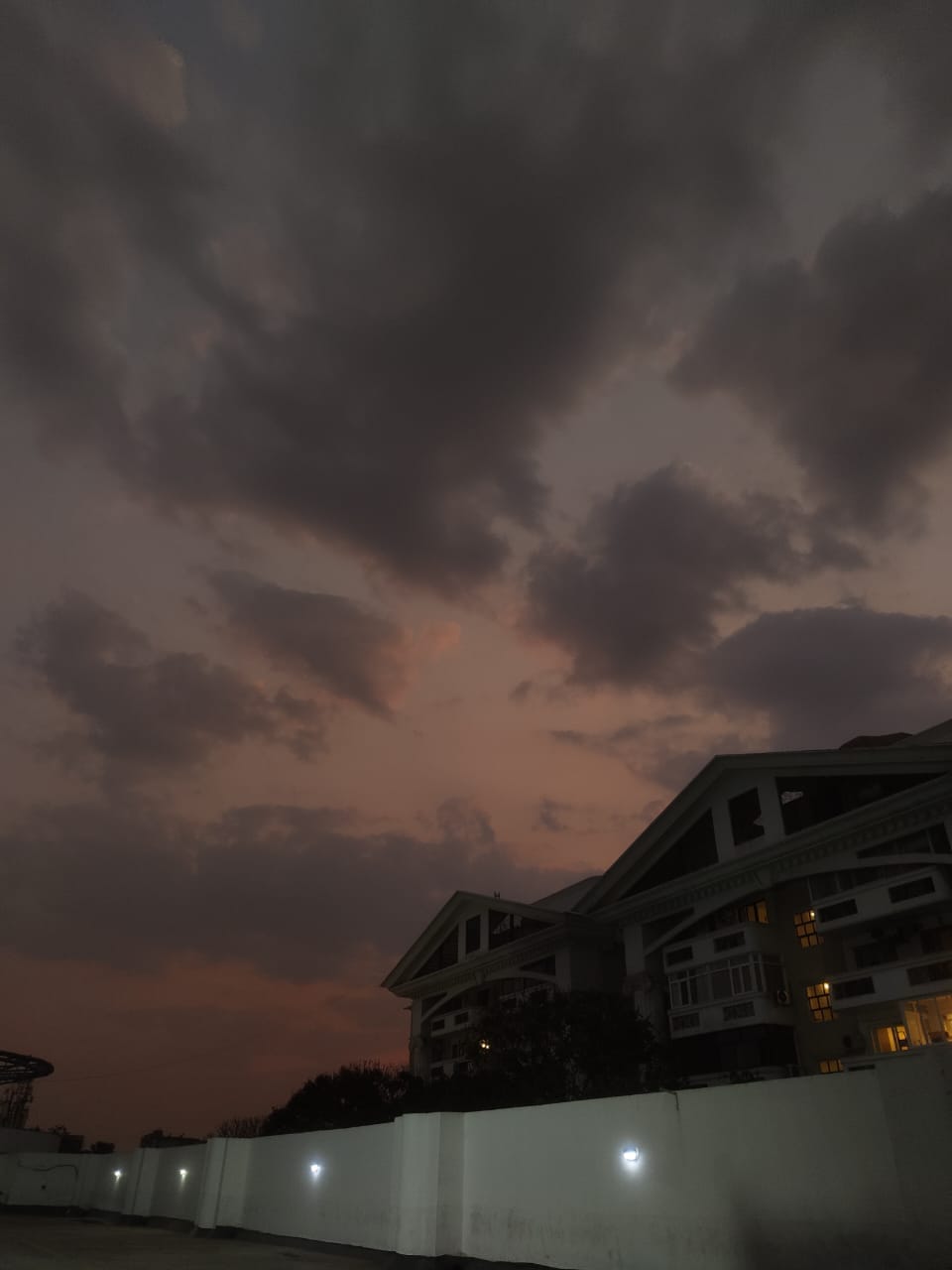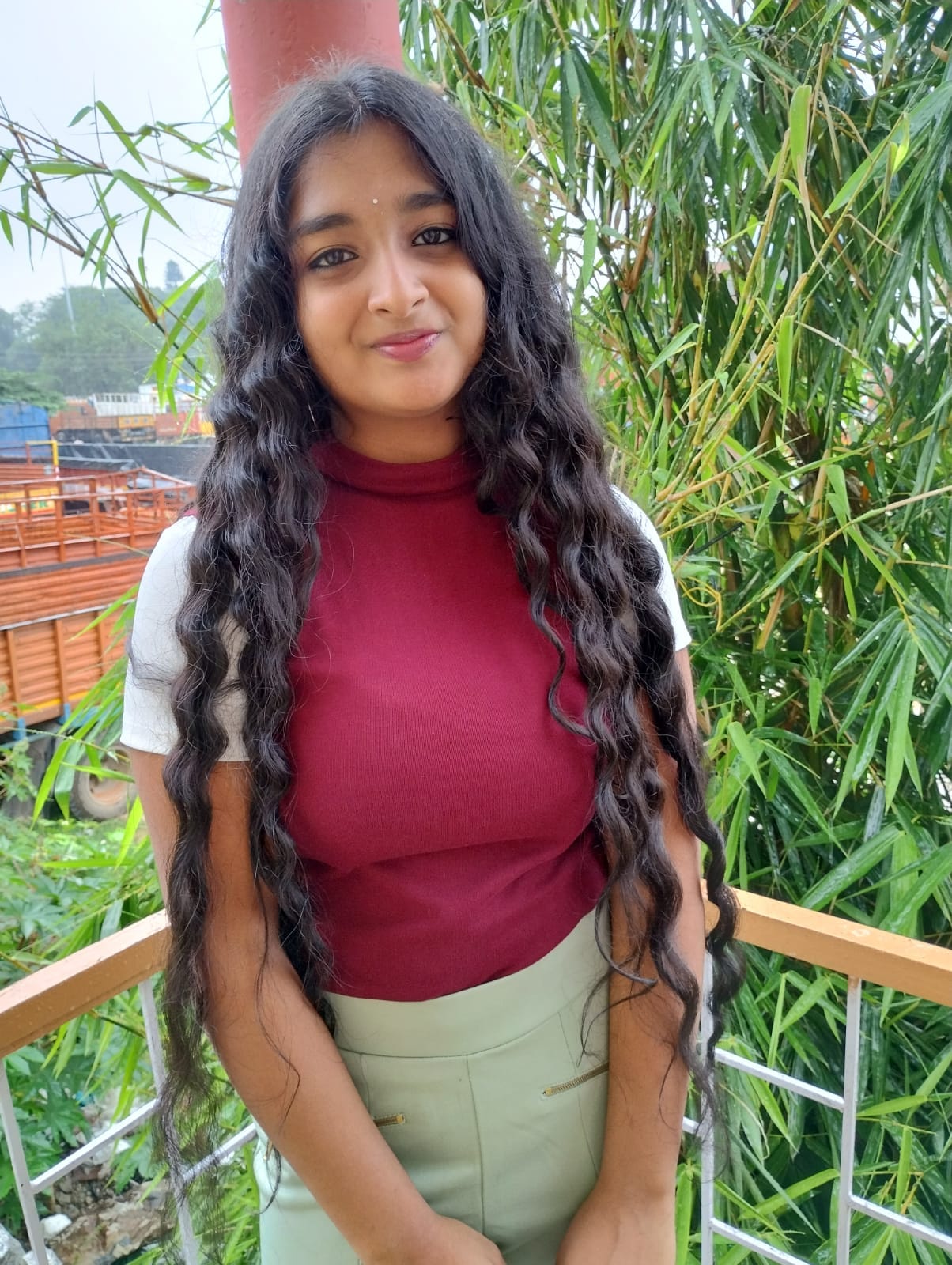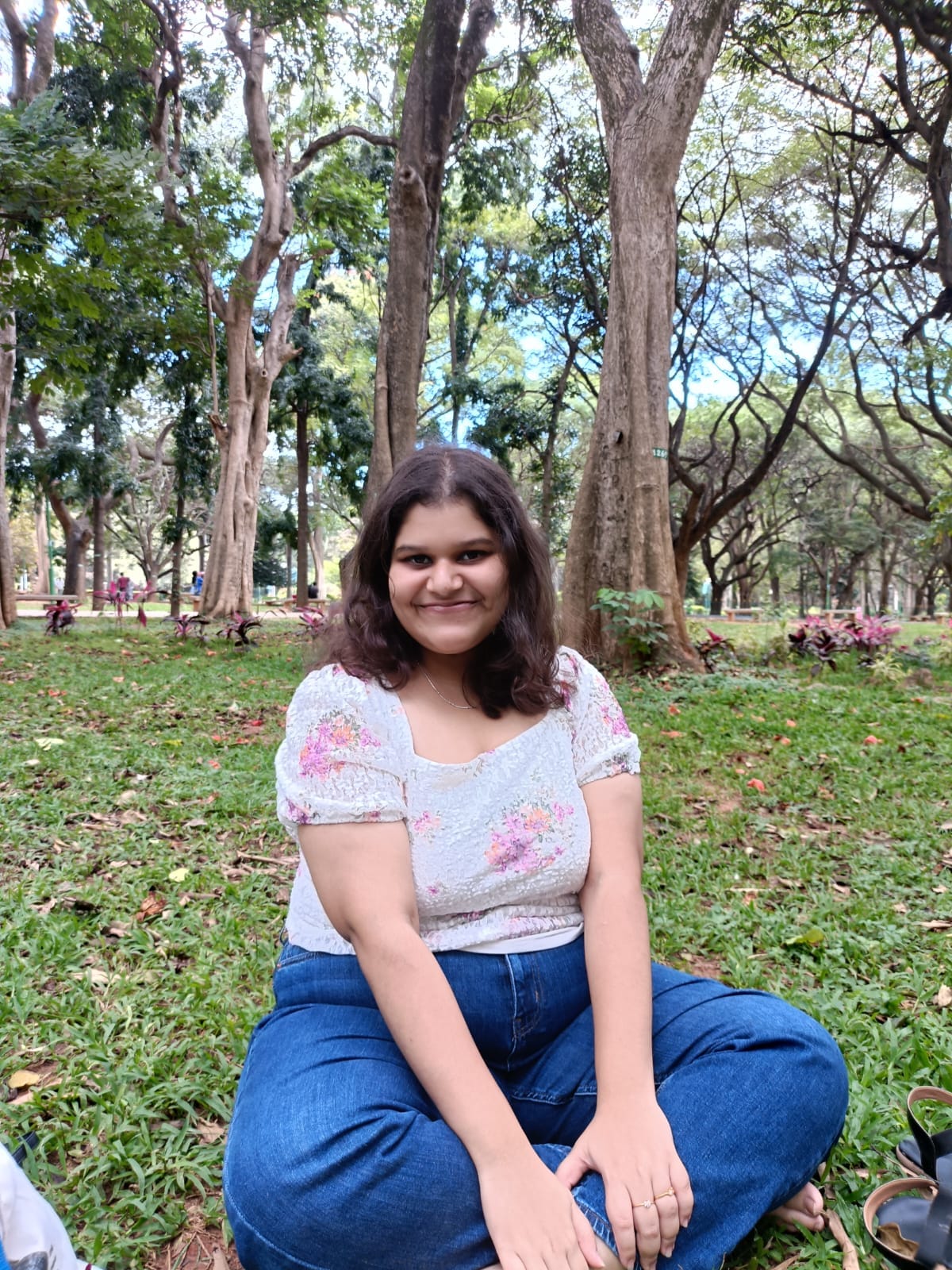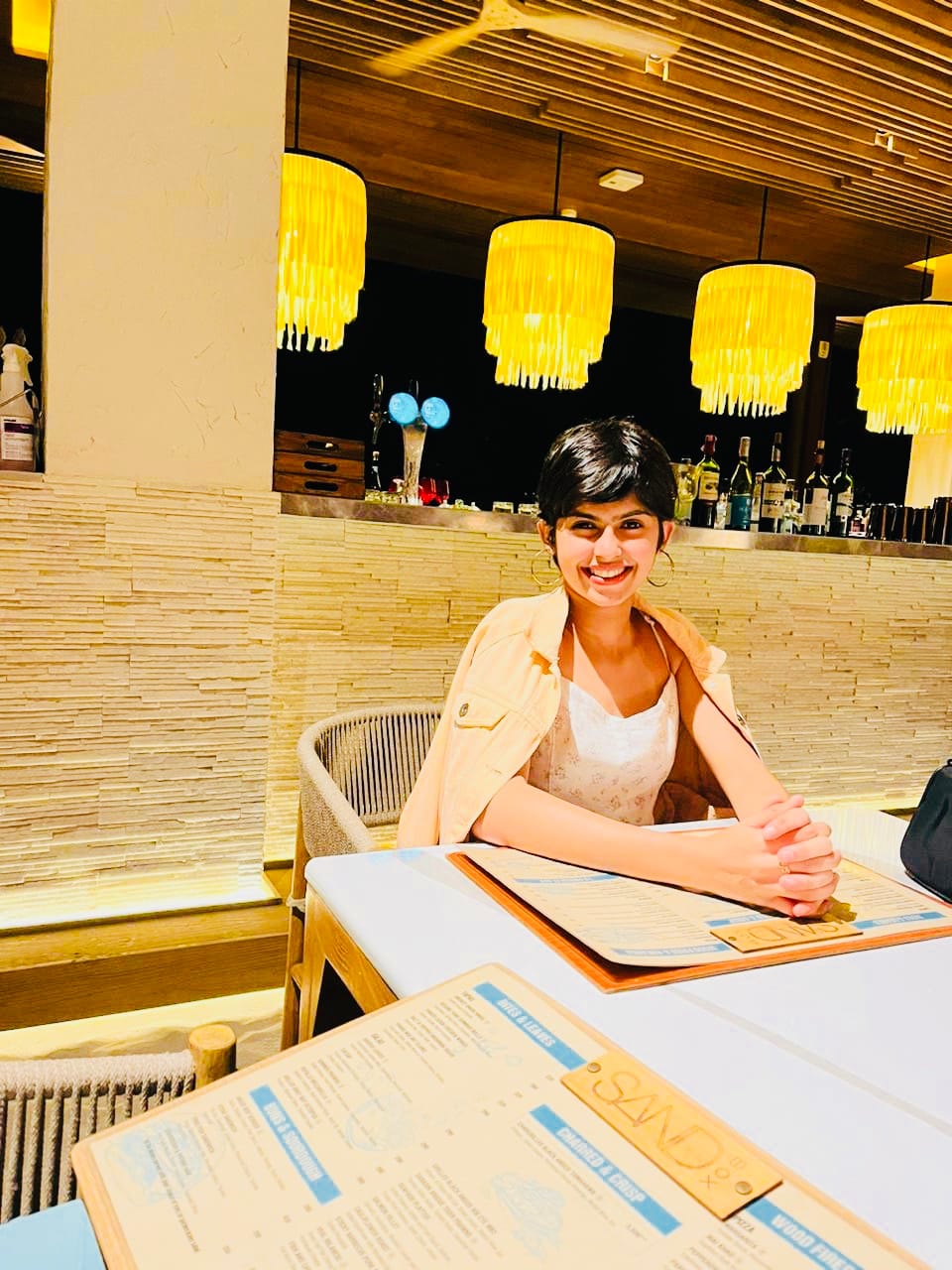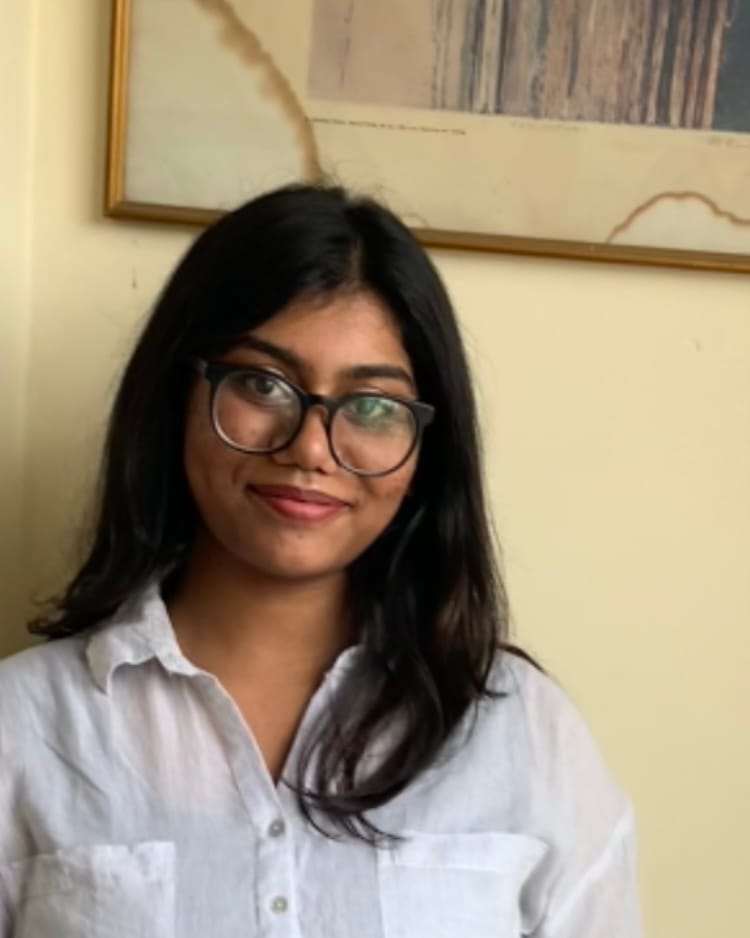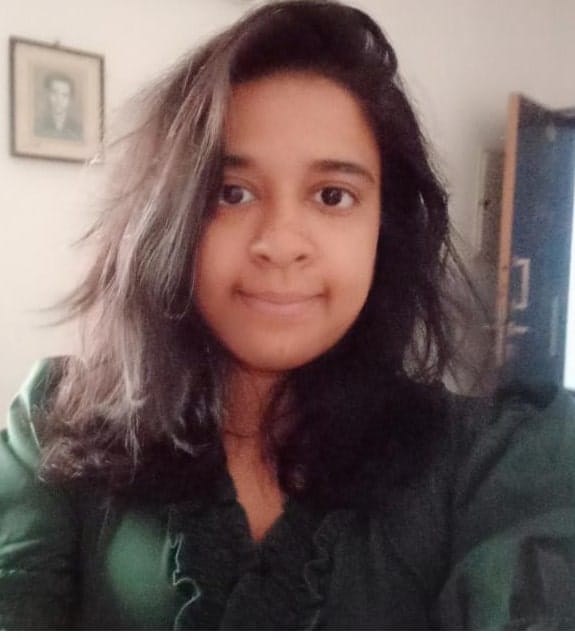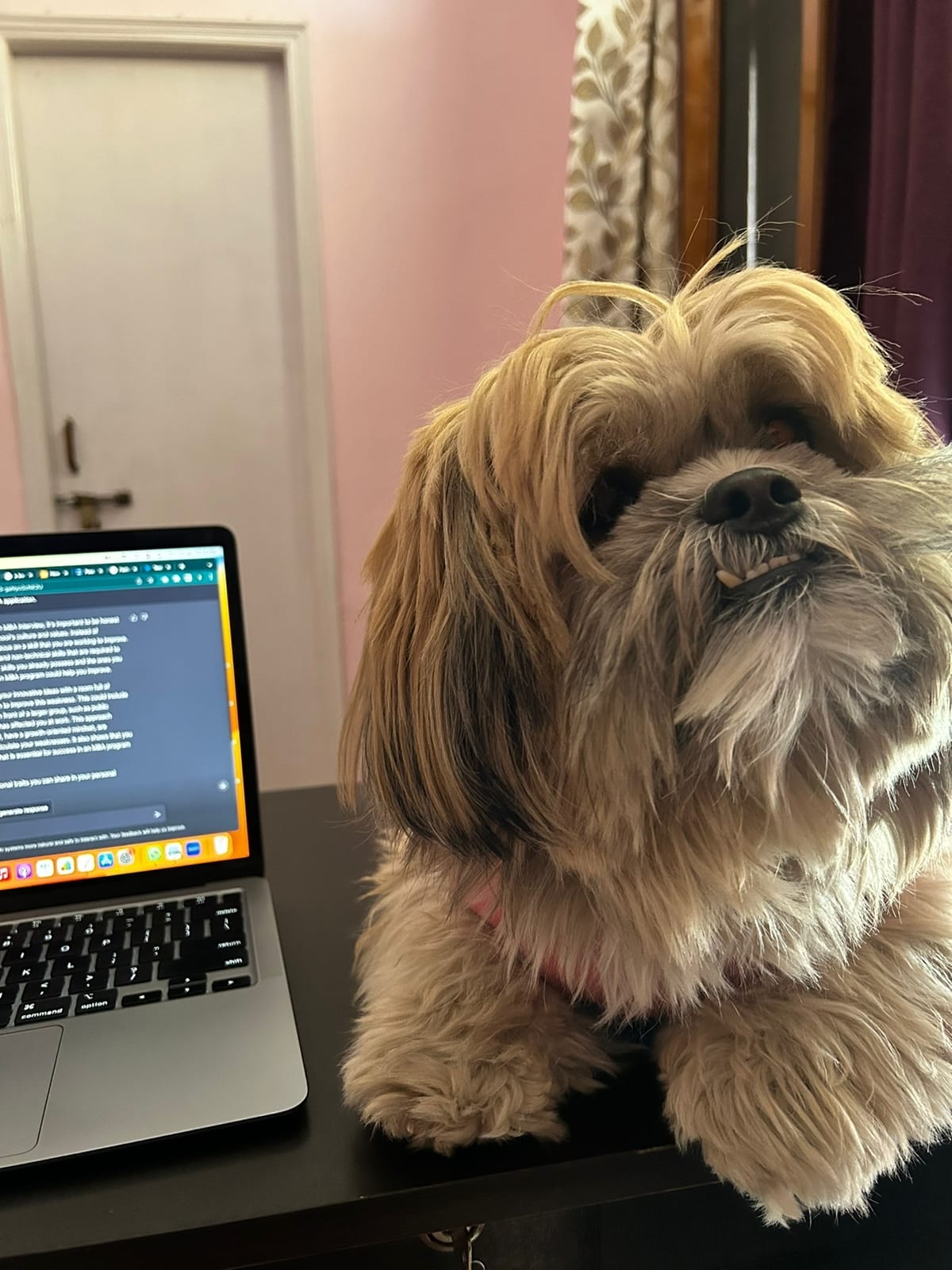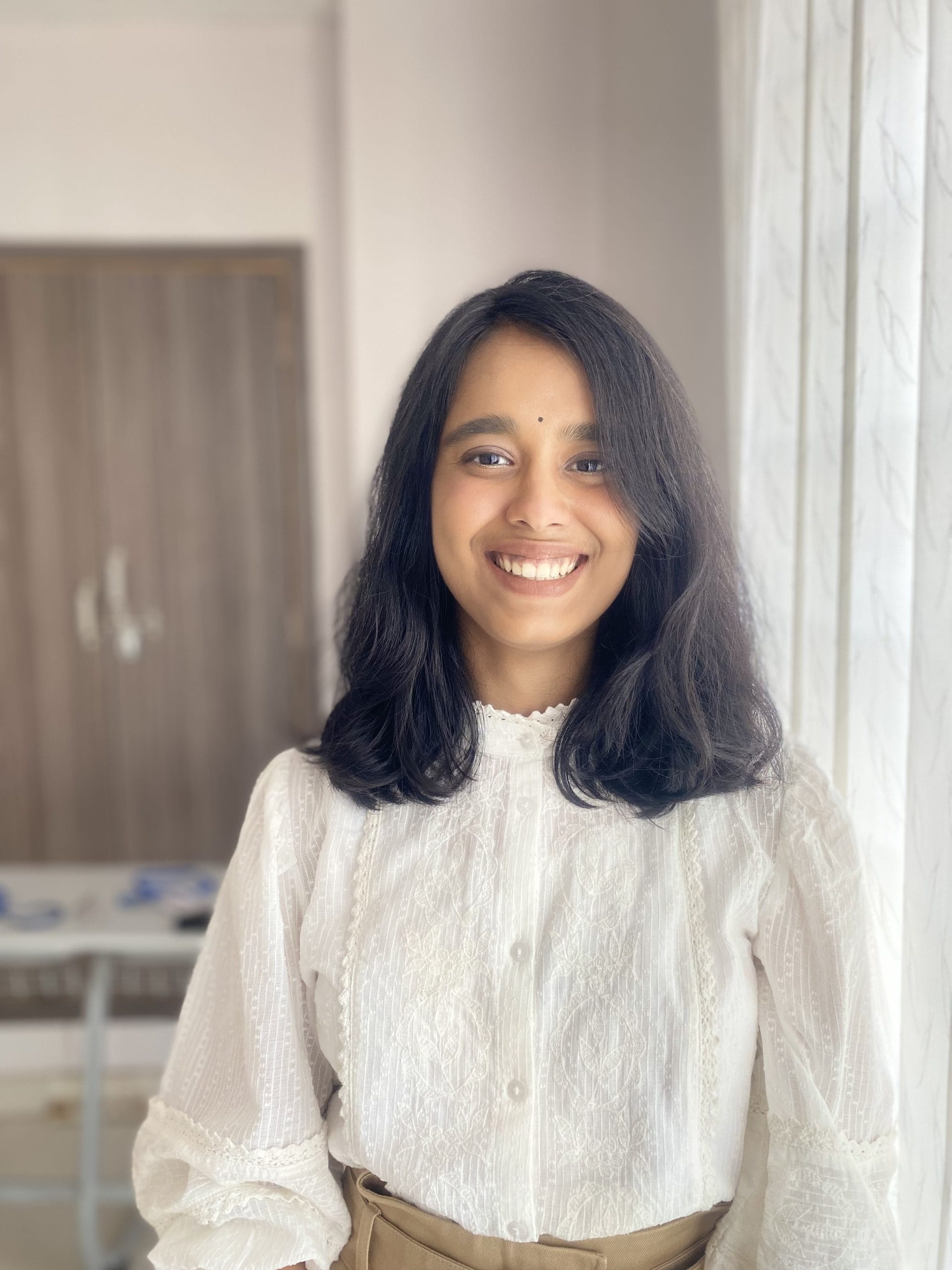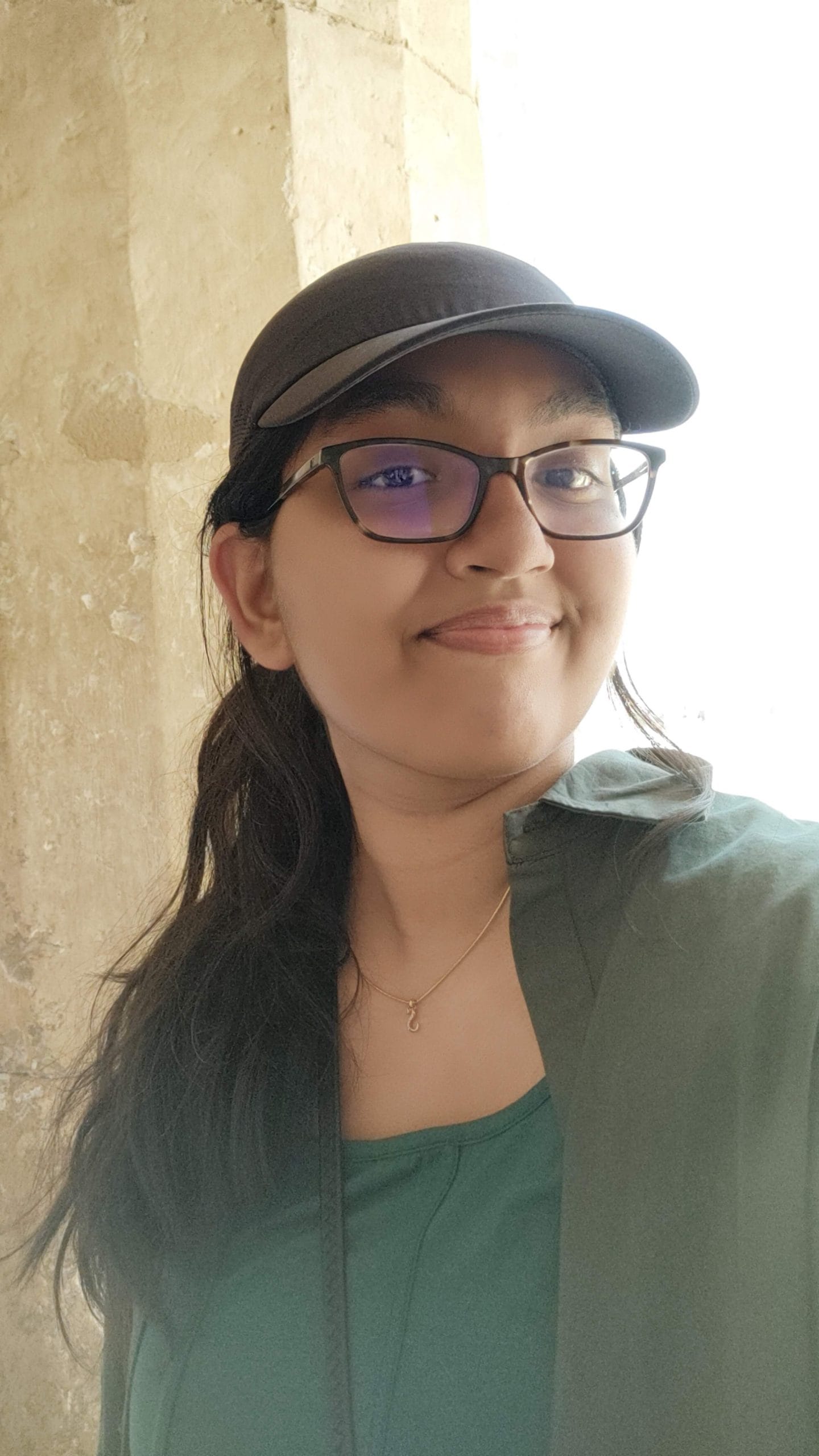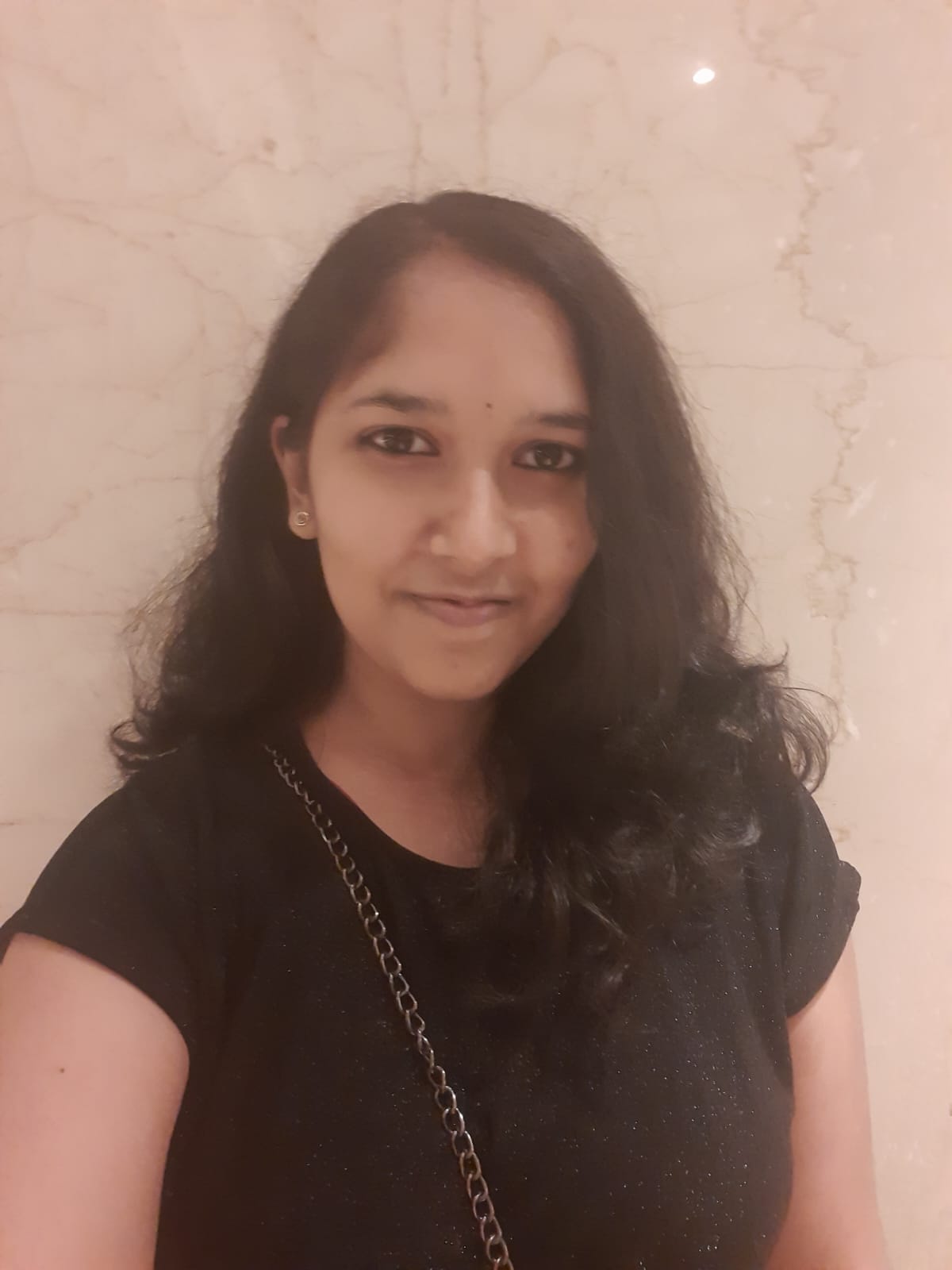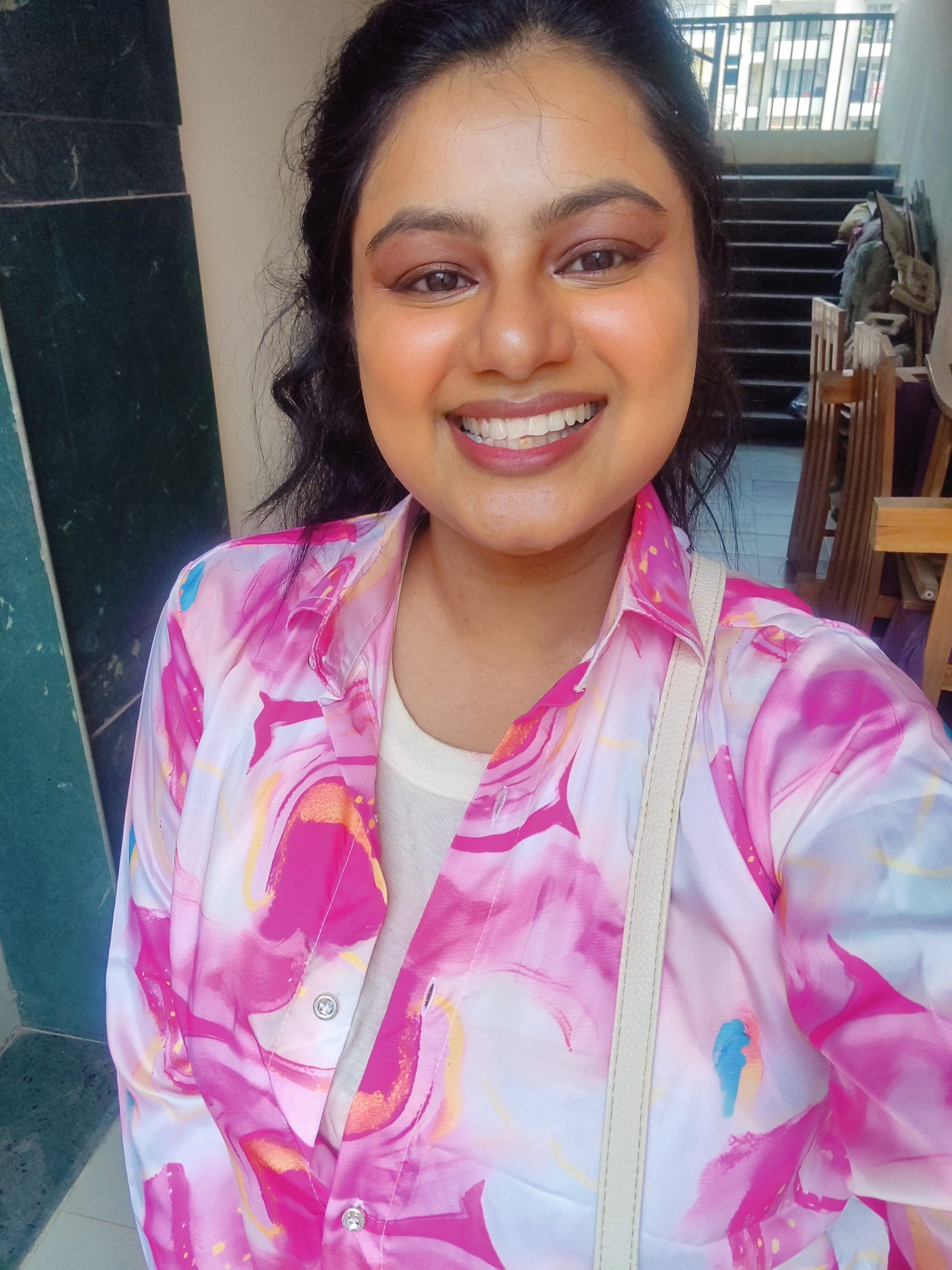Rhythm & Raga: Unveiling the Healing Power of Indian Music & Dance
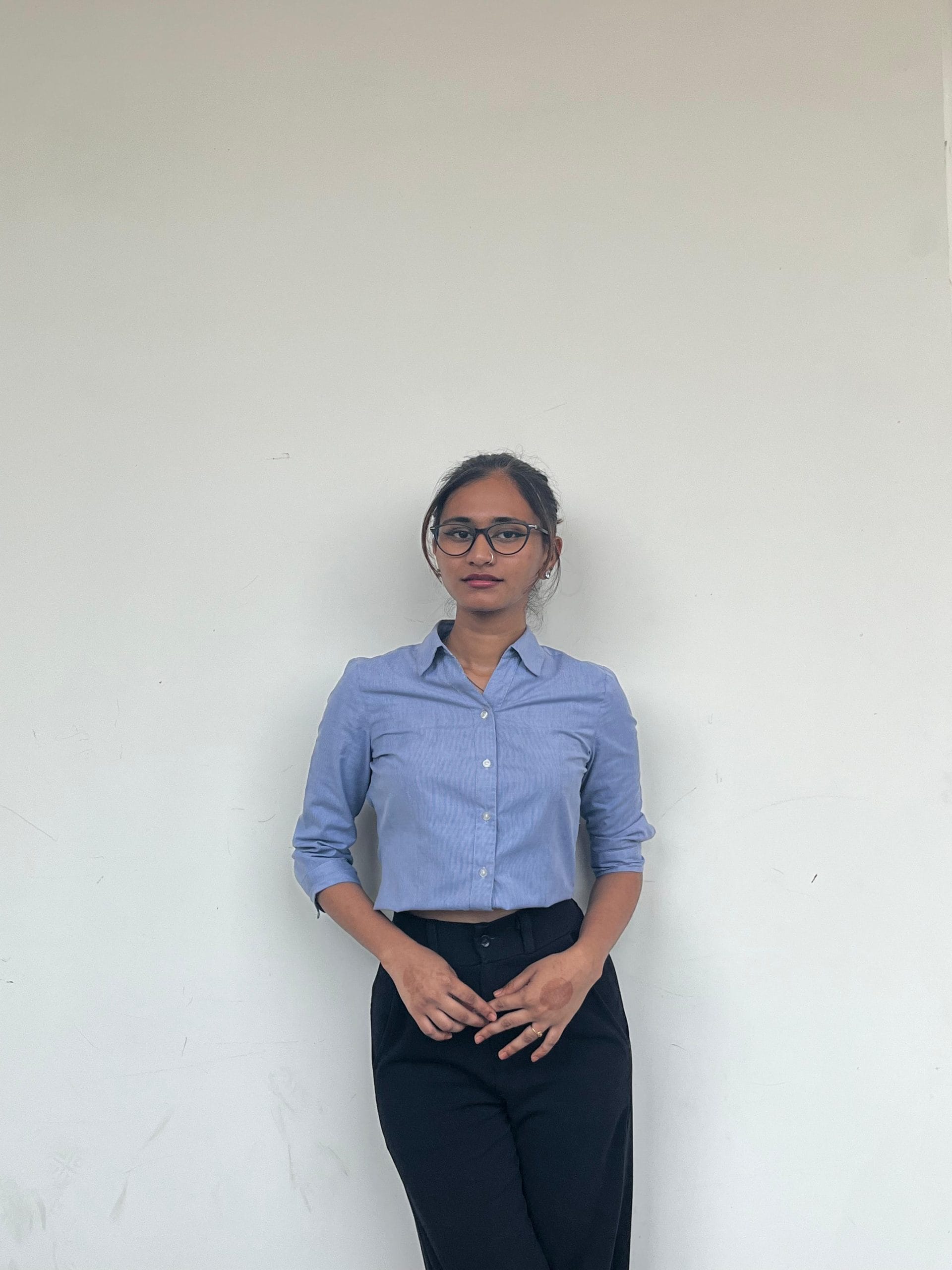
Prejitha P
June 14 , 2024

India's artistic factor is truly stunning – the vibrant music and captivating dances are deeply built in the region's soul. But beyond entertainment, these art forms are increasingly recognized for their potential to heal. Music and dance therapy offer a unique approach to mental well-being, drawing on the rich cultural heritage that's already there.
They have proven to have a significant impact on mental health challenges. Music and dance therapy provides an alternative method for tackling mental health issues in the area, tapping into the cultural assets already in place.

Photo by César Abner Martínez Aguilar Team on Unsplash
India's music scene offers legendary tunes like Carnatic and Bhangra, which can boost mental well-being through music therapy. This unique approach, replacing hospital environments, uses familiar sounds such as Carnatic ragas, folk music, and Sufi chants for personalized well-being paths.
South Indian classical music also known as Carnatic music, with its intricate ragas (think musical moods), plays a big role. Therapists use calming ragas to help you unwind after a long day, like chilling with a soothing Carnatic flute melody. Imagine melting into relaxation with these beautiful sounds!
Think of your favourite childhood folk song – doesn't it instantly make you smile? These well-loved tunes bring back positive memories and boost your mood. Music therapy uses these familiar sounds to create a sense of belonging and cultural connection. Lastly, Sufi music, with its devotional chants and spinning dancers in qawwali sessions, is a pathway to inner peace and lower anxiety. The spiritual connection and collective joy nurtured by Sufi music create a calming and uplifting experience.
The Language of Movement: Exploring Dance Therapy Forms

Photo by Rainier Ridao Team on Unsplash
India's classical dance forms, with their emphasis on storytelling and body awareness, provide a unique background for dance movement therapy. In dance movement therapy individuals are encouraged to express and explore themselves. This therapy stands on the idea that the mind and body are one; it taps into the body's instinct allowing movements to reveal what's hidden beneath the surface.
Some prominent examples are Bharatanatyam, Kathak and Lakhe
Think intricate hand gestures and expressive faces – that's Bharatanatyam! This South Indian dance style can be a powerful tool for people who struggle to express themselves with words. Dance therapy using Bharatanatyam helps you tell your story through movement, making it a great outlet for emotions.
Ever seen those Bollywood dance scenes with all the fancy footwork? That's Kathak! Dance therapy with Kathak can help you improve your coordination, balance, and even memory. Plus, the rhythmic footwork gives your brain a workout, boosting your mood and keeping you sharp. Lastly, the Lakhe dance from Nepal might sound a bit spooky at first – dancers wear colorful masks and move energetically. But dance therapy can be a powerful tool for letting go of pent-up feelings, exploring yourself through movement, and celebrating your cultural heritage.
The Symphony of the Brain: Neurological Benefits

Photo by Hal Gatewood Team on Unsplash
Music and dance have a deep impact on the brain, persuading emotions, cognition, and motor function. Here's how these therapies work their magic:
Music therapy can spark the release of dopamine and endorphins. These brain chemicals are connected to feelings of happiness and satisfaction. Similarly, when people move to the rhythm of dance, it sparks activity in the limbic system, where emotions live in the brain, helping to set free pent-up feelings and bring about a deep emotional cleansing.
Additionally, rhythmic elements in music stimulate the brain's areas responsible for memory, attention, information processing and are used to facilitate motor recovery by joining musical cues to guide movements. Engaging in music therapy exercises can improve cognitive function in individuals with conditions like dementia or learning disabilities.
How Dance Helped Maya Move Beyond Anxiety
Maya, a 16-year-old who battled social anxiety for years, found it difficult to make eye contact and participate in class discussions. Regular therapy sessions weren’t working for her just enough, that’s when her therapist suggested Dance Therapy. She further chose Bharatanatyam. Through Bharatanatyam movements that focused on expressing confidence and storytelling segments that allowed her to share her experiences, Maya blossomed. By the end of the program, she reported feeling more comfortable in social situations and even volunteered for a class presentation, a feat that would have been unthinkable before.
Maya's story exemplifies how movement, specifically rooted in her cultural heritage, became a tool for self-expression and tackling her anxiety. The emotional connection she formed with the dance form and the supportive group environment facilitated her growth and improved her mental well-being.
India''s music and dance aren't just beautiful; they're powerful tools for healing! Music and dance therapy can improve your mood, memory, and even movement. So next time you lovely souls feel stressed, put on some tunes or hit the dance floor – your mind and body will thank you! For more support, reach out to a mental health professional at Heart It Out today!
Keep Reading
Started reading,
found my glow!
New blogs dropping soon – Sign up!
© EmbraceWell. All rights reserved


